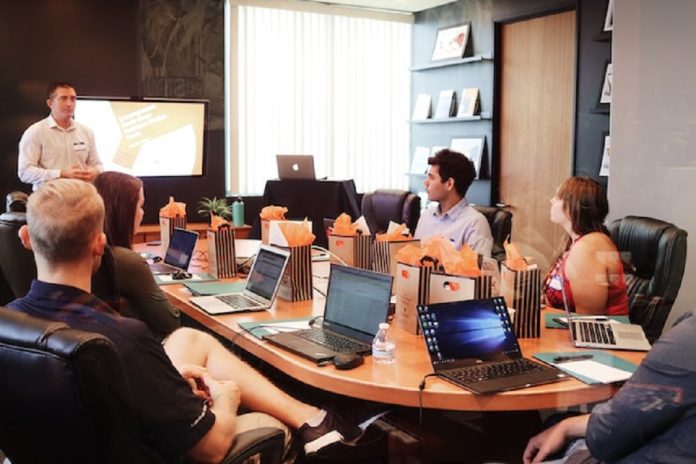By Alan Matthews
By technical training I mean anything where you’re dealing with detailed information, rules, regulations, processes or systems – as opposed to what’s usually called ” soft skills ” training.
For example, I used to train people in Tax Law – that’s about as technical as it can get!
Here are 7 Deadly Sins of technical training – are you committing any of these?
1. Too much content.
Most technical courses cram in far too much information. The brain can only take in so much before it overloads. You need to be ruthless in selecting only the essential content for your group.
2. Not linking new information to what people already know.
The brain learns by forming connections between new information and what it already knows. You can help people to do this, but only if you are aware of what your group already know and what experience they have.
Then you can build on their existing knowledge.
Often, this doesn’t happen and technical material is presented in ways which makes it seem completely new, alien, remote or just at the wrong level.
3. Not relating the material to real life.
This connects with the last one to some extent. Technical material can often seem abstract, theoretical, remote from people’s real lives. They can’t see how to apply it.
Your job is to make it real and relevant. Ask yourself why people need to know this information, what they will do with it, how it will help them – and make sure they know the answers to those questions as well.
4. Only appealing to one learning style.
A lot of technical training is delivered in a presentation style – what used to be called ” chalk and talk ” or the modern equivalent – PowerPoint slides!
This restricts people’s ability to learn. Some learners just won’t be able to pick things up like this and all of them will find it hard because learning isn’t just about being passive and listening to someone else talking.
Effective training is interactive and engaging, it involves different senses and it gets people moving, talking and participating.
5. Not getting learners in a receptive state.
When people are in a receptive state for learning, they’re curious, interested, excited, eager. How many people turn up for technical training courses in that state? Not many. In fact, many don’t even choose to be there – they’ve been sent.
Or they’re there because they have to tick a box to say they’ve done the training
( e.g. Health & Safety ).
It’s the trainer’s job to try to get them in a positive and receptive frame of mind.
6. Using negative language.
I’ve seen numerous trainers say things like, ” This is a bit complex ” or, ” This might be a bit difficult ” or even, ” I know this is a bit boring! ”
This sets up barriers, it means people will expect to find the material difficult and they’re not likely to be in the most positive frame of mind to receive it.
7. Blaming the material.
So often I’ve heard trainers say, ” What can I do, this material’s so dull!! ”
Well, yes, unfortunately, a lot of technical material is quite dull on the page – that’s why it’s up to you to make it interesting, to bring it to life.
A lot of technical stuff is written by technical experts, not by trainers. They don’t know how to liven it up – but you should.
About
Alan Matthews is the author of How To Design And Deliver Great Training and The Successful Presenter’s Handbook, available from Amazon. You can get his free report, “8 Steps To Excellence – the 8 key habits that make top trainers and presenters stand out” from the website at [http://www.alanmatthewstraining.com] You will also find lots of articles and videos to help you become an outstanding trainer or presenter.











































